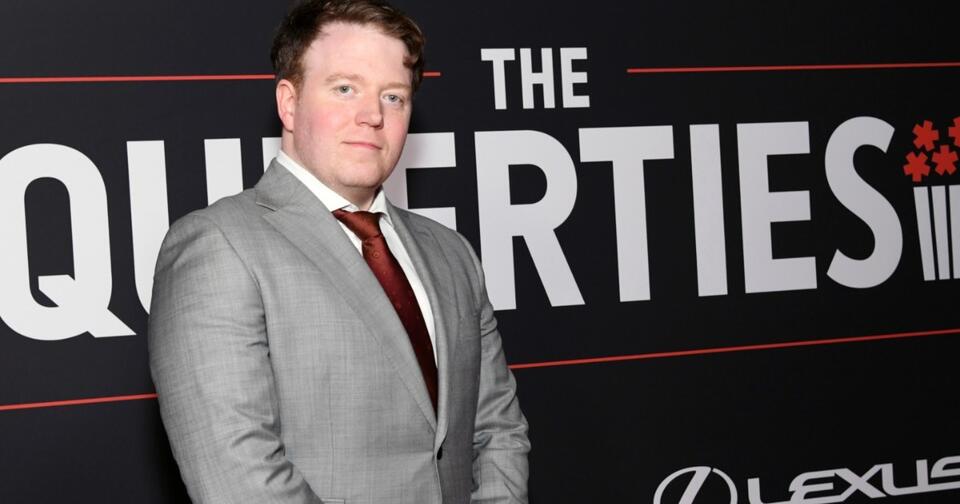
What’s the Gen Z Stare? And Why Is It Sparking Intergenerational Drama?
When Valerie Jefferson, 23, posted a short video on TikTok talking about the “Gen Z stare,” she had no idea it would light up comment sections across the internet. Her post, which jokingly showed the blank, expressionless look some Gen Z workers give customers in service jobs, quickly gained over 3 million views. But what followed wasn’t just laughs — it sparked a surprisingly heated debate between Gen Z and millennials.
According to Jefferson, the video was just an observation. But it hit a nerve. “Millennials finally got something to say about Gen Z and I think they ran with it,” she said. “And Gen Z was not happy.” That’s putting it mildly. In the comments, people picked sides. Some called the stare rude. Others said it’s just how Gen Z communicates now. And it wasn’t long before people started sharing their own awkward encounters.
Why is this stare such a big deal online?
The idea behind the Gen Z stare is pretty simple. It’s that deadpan, unreadable expression you might get from a cashier or employee when you ask a basic question. There’s no smile, no small talk. Just a look. For some, it feels passive-aggressive. For others, it’s a defense mechanism. Either way, it’s become a symbol of how different generations handle communication.
And it’s not just about customer service jobs. TikTok has been flooded with videos showing the stare in all sorts of situations — classrooms, family dinners, office meetings. What used to be a quick “Hi, how are you?” followed by polite small talk is now often met with a short nod or a flat “yeah.”
Take Riley Despot, 30, for example. In her own TikTok, she shared how she took her daughter to a golf lesson with a teenage instructor. Riley said she tried to be polite and warm, thanking the girl for teaching her child. The response? Just a blank stare and a dry “yeah.” “I was confused,” she admitted. “I did some self-reflection and I was like, ‘Did I do something wrong?’”
She’s not alone. Plenty of millennials are reporting similar experiences — moments that feel cold or awkward, but maybe aren’t meant to be.
Is Gen Z actually being rude? Or just different?
That’s where the real conversation starts. Many in Gen Z say the stare isn’t about disrespect. It’s about boundaries. About not faking smiles for strangers. About conserving energy, especially in jobs that often involve long hours and emotional labor.
Valerie Jefferson’s original video was just meant to poke fun at the way people react under pressure, especially in service roles. But the comment sections have turned into a mini battleground between two very online generations. Some millennials say Gen Z lacks basic manners. Gen Z fires back that they’re just being real.
There’s also a cultural shift in how younger people view emotional expression. For Gen Z, not every situation needs a performance. If you’re tired, stressed, or just over it, you don’t have to fake a cheerful smile. That’s a big departure from millennial norms — which often involve “positivity culture,” chirpy email greetings, and customer service smiles no matter how bad the day is.
What started as a joke has turned into something deeper — a look at how different generations read each other. Whether you think the Gen Z stare is cold or just candid, it’s clearly a reflection of shifting social rules. And thanks to TikTok, it’s now a viral mirror of how we all interact — or fail to.
Popular Categories




